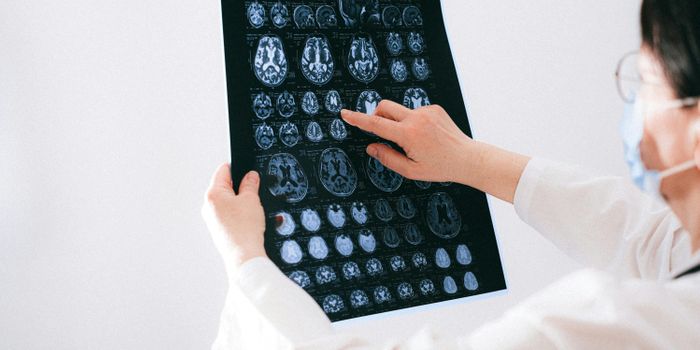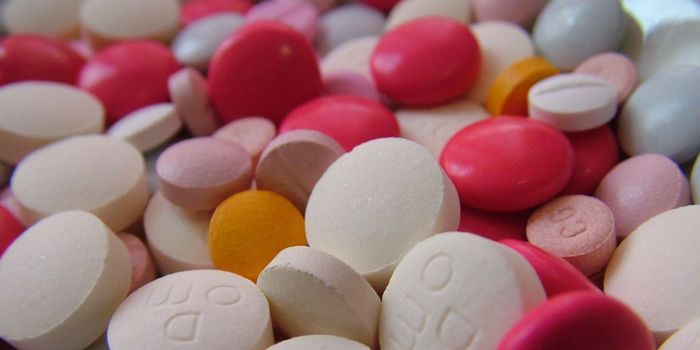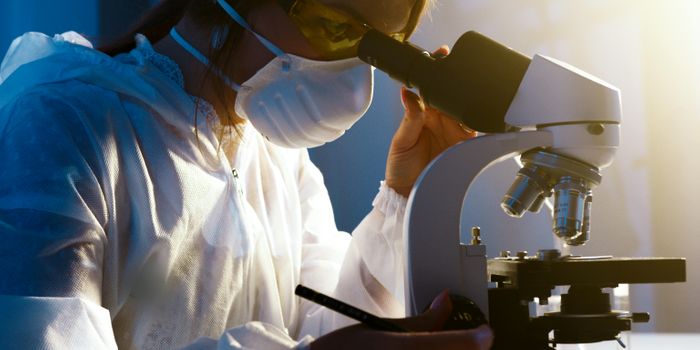New nanomaterial discovered that can enhance disinfectant potency
Traditional chemical disinfectants have adverse effects on both human health and global health.1 Disinfectant sprays such as sodium hypochlorite, hydrogen peroxide, alcohol, glutaraldehyde, were all proven to lead to an increased risk of chronic obstructive pulmonary disease, asthma, and eye and skin irritation. These residues also have ingredients that are known carcinogens, reproductive problems, central nervous system impairment, and a myriad of health issues.2
Not only do these compounds affect humans, but they also affect various marine plants and animals. They have the power to do this by damaging cell walls, directly killing them, or undergoing chemical reactions when coming in contact with animals and binding to them.2 This is especially concerning since during the pandemic, various societies were spraying disinfectant sprays on surfaces, both indoors and outdoors.
While chemical disinfectants are effective in reducing and eliminating viruses from surfaces,3 new technologies are needed that do not harm humans or the planet.
A research team at George Washington University may be pioneers in the field of developing environmentally friendly and health-protective materials. They found that an iron-iron (Fe-Fe) double-atom catalyst activated disinfectant potency by 2-4 times. The studies of their new nanoparticle catalysis showed that it enhanced the potency of the chosen disinfectant, peroxymonosulfate, by damaging the viral proteins, but also by damaging internalization of the virus, which is a key step in the viral lifecycle when infecting host cells.1
Learn more about the viral life cycle here:
There are many positive aspects of Fe-Fe catalysis, the first one being that iron is an abundant element on this earth. This means that since it is abundant in nature, sourcing it will not disturb the ecosystem. Additionally, increasing the potency of the disinfectant suggests that lower doses of the harmful substance is needed to get a response of successful disinfecting. Future studies are absolutely needed to confirm the proof of concept about double atom catalysis for pathogen control.
References
1 Fe–Fe Double-Atom Catalysts for Murine Coronavirus Disinfection: Nonradical Activation of Peroxides and Mechanisms of Virus Inactivation Zhe Zhou, Mengqiao Li, Yuxin Zhang, Lingchen Kong, Virginia F. Smith, Mengyang Zhang, Anders J. Gulbrandson, Gordon H. Waller, Feng Lin, Xitong Liu, David P. Durkin, Hanning Chen, and Danmeng Shuai Environmental Science & Technology Article ASAP DOI: 10.1021/acs.est.3c00163
2 Bhat SA, Sher F, Kumar R, et al. Environmental and health impacts of spraying COVID-19 disinfectants with associated challenges. Environ Sci Pollut Res Int. 2022;29(57):85648-85657. doi:10.1007/s11356-021-16575-7
3 Choi H, Chatterjee P, Lichtfouse E, et al. Classical and alternative disinfection strategies to control the COVID-19 virus in healthcare facilities: a review. Environ Chem Lett. 2021;19(3):1945-1951. doi:10.1007/s10311-021-01180-4








